Introduction
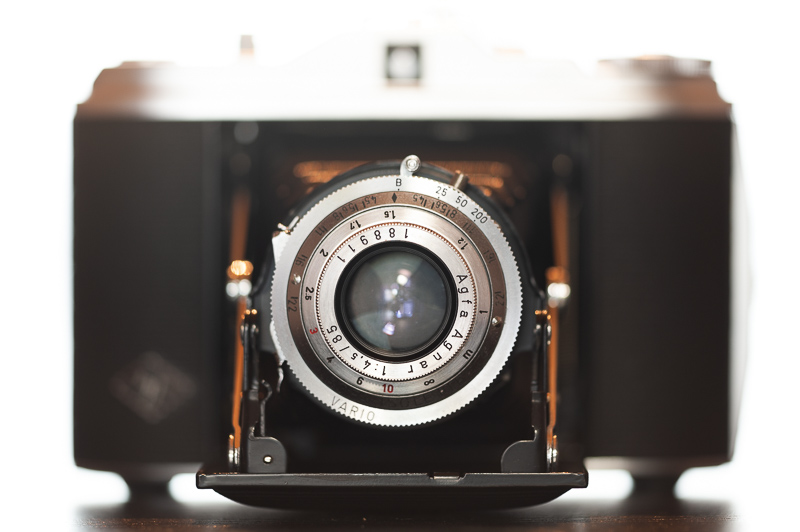
I shot analogue with two cameras in the past, a Nikon F80 and a Nikon FE2.
The F80 is actually a very modern camera which supports AF, VR, matrix metering and a few other things, but the rubber got sticky and I got rid of most of my Nikon lenses quite some time ago, so I have little incentive to use it these days.
The FE2 was better at giving the “analogue” feeling, but some parts of the mechanics are broken as the film advance doesn’t work properly. So on my first and only roll of film with this camera I ended up with a bunch of useless quadruple exposures.
The adventure of analogue photography ended for me here.
Until the day I was strolling through Stuttgart and discovered a camera store displaying a Nikon FM2, FM3a and F3 – all in mint condition and all – at least to my eyes – beautiful cameras. I got the idea of getting one of those, because: why not shoot some film for a change?
The F-mount Conundrum
But then I was looking at my lens cabinet and soon noticed the only lens I could attach to one of those cameras would be the Nikon 50mm 1.8 Series E (which I only kept for display purposes with the aforementioned broken FE2). A few years ago I shortly had a 50mm 1.2 Ai-s, but it couldn’t reach infinity so I sent it back within the return period. I love non-user-adjustable hard infinity stops on fast lenses…
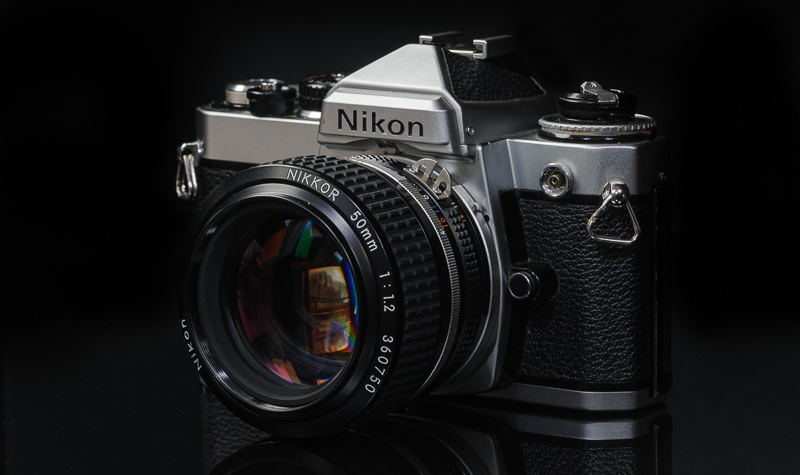
So do I want to get a set of lenses for a Nikon F camera? Is there even a set of lenses for the analogue F-mount cameras available I actually want to shoot with? Neither is the case.
David got an OM film camera and some Zuiko lenses he used a few decades ago because he already knows those lenses and might even have an emotional attachment to them, but I can’t say that about any of the manual Nikon lenses.
I also noticed that I actually do have a bunch of M-mount lenses already – and thanks to Cosina, and some of the Chinese lens manufactuers that number is more like to increase rather than decrease – and most of them should work well on film, right?
So I started to have a look at analogue M-mount cameras and I was in for a few surprises there.
The unreliable, the expensive and the ugly
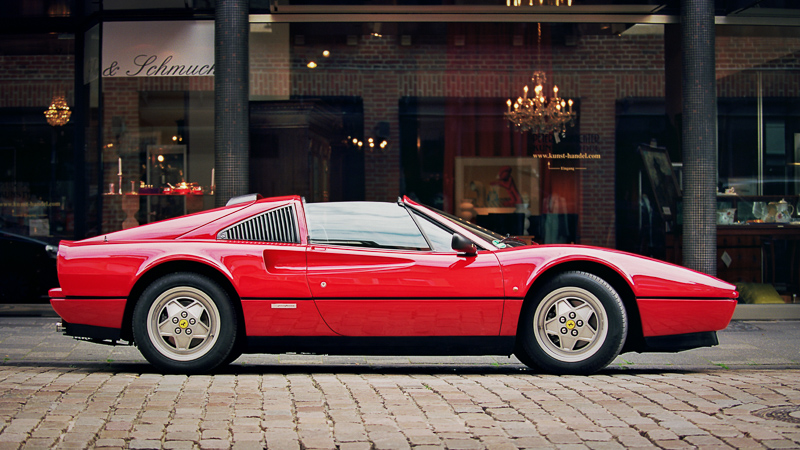
First I am talking about the cameras I wasn’t interested in and why – don’t expect me to be objective here, as getting an analogue camera in the first place was a questionably objective thing to begin with:
- Leica M2/M3/M4
Due to the lack of built in meter. I am too young and too old at the same time to deal with a camera without any kind of light meter. My love for attachment meters is as high as those for attachment EVFs: non existent. - Leica M5
Because it is dead ugly. - Voigtländer Bessa
I don’t like the design and I am not sure about the repair situation in case something breaks. Parts can be salvaged from some of the very cheap Japanese SLRs, I am still not sure whether this is a good or a bad sign. - Minolta CLE
Because of its choice of framelines. - Leica CL
Because of framelines, my big hands and doubts about their durability.
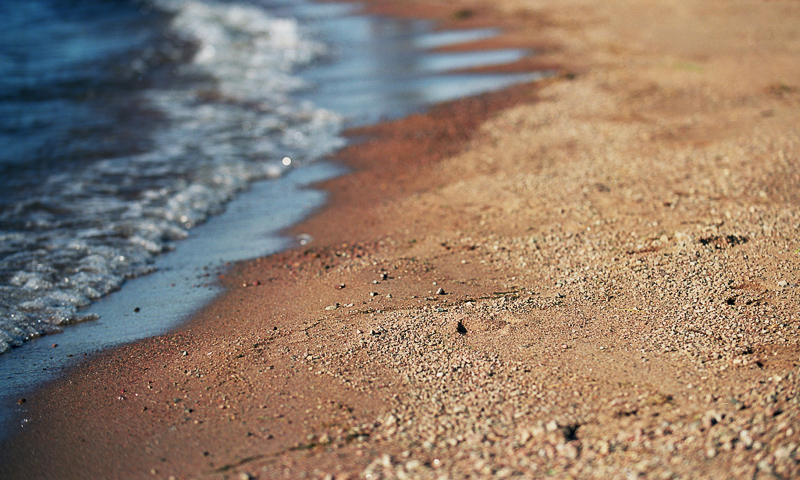
So what was left? Konica Hexar RF, Zeiss Ikon ZM and the Leicas M6, M7 and MP.
- Konica Hexar RF
I will start with the cheapest and technically most advanced of these: the Konica Hexar RF.
It offers 1/4000s as fastest shutter speed (would be helpful with my fast lenses), I expect it to have the most modern metering and its design is decent. The comparably advanced electronics have a pretty noticeable downside though: if something breaks it likely breaks for good.
From what I read it will be hard to find someone that will even attempt to repair it – this is the same reason I would never buy a ’67 Mustang Fastback or Lotus Elise living in Germany – and if you do find someone that will, but some of the electronic parts are broken, that can still be it.
So no Hexar RF for me, even though it was very tempting. - Zeiss Ikon ZM
Design is a bit blocky – even compared to the Leicas – but you get 1/2000s as fastest shutter speed and while the risk of it dying on you completely should be lower compared to the Hexar RF I still have the feeling that it is a bit of a niché camera with uncertain spare parts situation. How many have been made? I tried to find that out but couldn’t.
What I also didn’t like were the absence of 75mm and 90mm framelines. And the price. - Leica MP
The only(?) film camera that can still be bought new. Too expensive though, especially as the advantages over the M6 are rather meaningless to me. - Leica M7
This was a bit of a tricky one. The M7 is the only film M that offers aperture priority mode, which generally I would like. I don’t feel like a better photographer because I have to touch the shutter speed dial every time before I take a picture. The shutter is electronic though and I already ruled out the other cameras with likely irreparable electronics, so here happens the same. - Leica M6
If you paid close attention you already noticed: the Leica M6 is the only camera left from the list. Still: why Leica M6?
Except for the light meter it is a purely mechanical camera. And Leica made almost 160.000 of these. Getting it repaired doesn’t seem to be an issue, even a few decades from now.
There are some things I don’t like, obviously. The fastest shutter speed of 1/1000s will surely bother me (already the 1/2000s on the Sony RX1RII bothered me). And we will see how the rather basic light metering will work for me, but thanks to the Leica M10 I guess I already know what to expect here.
The one I bought is from the same year I was born. I hope that connection may help me overlook a flaw here or there.
What to watch out for when buying an analogue camera?
I did repair some lenses in the past but I am certainly no expert when it comes to film cameras, so when you have decided on a camera I recommend to look for Youtube videos or written articles telling you what to watch out for with that specific camera.
The Leicas M6 for example are 30 to 40 years old and when they haven’t been serviced recently it is highly likely something is wrong with them.
Therefore I would be even more careful with buying an unseen camera from a private seller where there will be no return option. Even when the camera looks great from the outside plenty of things can be broken on the inside.
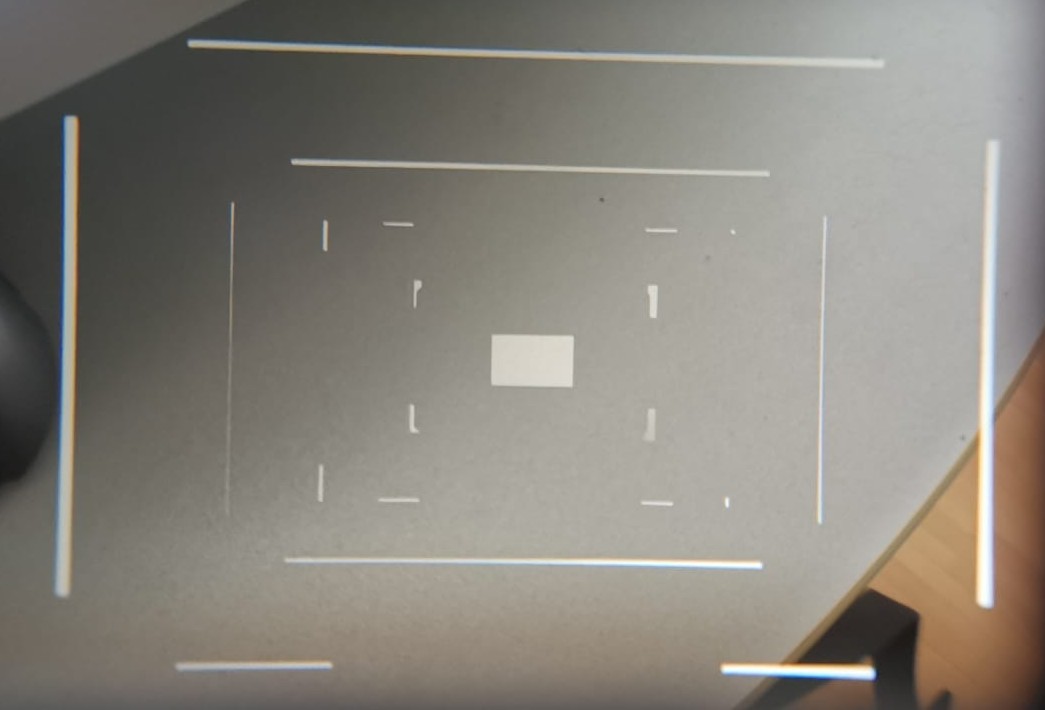
I bought from a reputable dealer that I could drive to and check out two different M6 in person. Despite watching those aforementioned vidoes there was still something I overlooked (35/135mm framelines not displaying properly) but thanks to the warranty the dealer will cover the repair without any additional cost to me.
Properly checking the rangefinder coupling (read: focus accuracy) will at least take having a roll of film developed, so it is also something you cannot do on site.
What’s next?
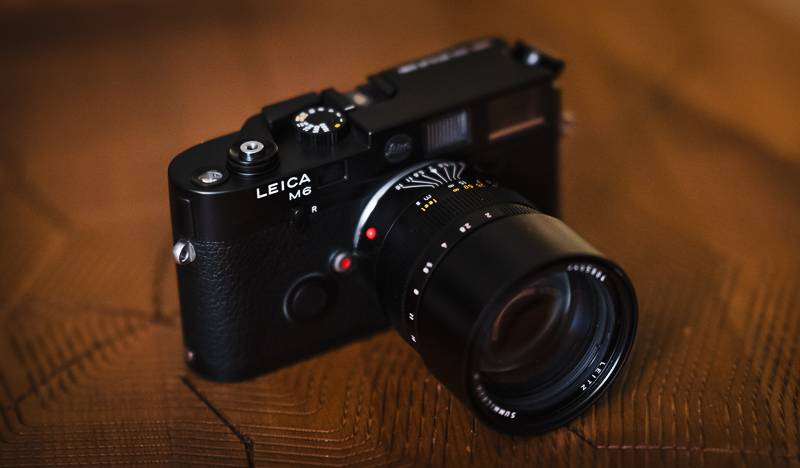
In the next part we will have a look at some of the pictures from the first roll of film I shot with this camera. It was a roll of long expired Ektar 100 so I mainly used it to get a feel for the metering and test the focus accuracy with some of my lenses, to see if the rangefinder needs additional calibration (I expect yes).
Further Reading
- Sony FE lenses: Our comprehensive and independent guide
- Sony FE lenses: Our guide to portrait lenses from 85 to 135mm
- What makes a picture good?
- Lens aberrations explained
Support Us
Did you find this article useful or just liked reading it? Treat us to a coffee or a roll of film!
![]()
![]()
![]() via Paypal
via Paypal
Latest posts by BastianK (see all)
- Review: Thypoch 21mm 1.4 Simera - July 12, 2025
- Review: SLRmagic 50mm 0.95 Hyperprime LM - July 5, 2025
- Full Resolution Pictures getting fixed - July 4, 2025
Wouldn’t the Voigtlander SL line be of interest on the FM3?
Yeah they are okayish, but does it make sense to buy a set of those when I already have M-Mount lenses that are similar or smaller in size and weight but 1 to 2 stops faster? Not really.
Looking forward to your film shots & agree that a Leica makes a ton of sense for you 🙂
Just a minor comment/correction: Nikon Ai-S lenses are incredibly easy to user-calibrate. You just need to loosen 3 screws to undo the focus ring, find correct focus in live view, put it back together.
That is quite interesting indeed.
You’d probably find the Canon EOS film line ugly, but they sure are all reliable. And support most SLR lenses being adapted to them.
For me that’s enough to tip me over, remove some of the uncertainty of film.
I have a manual focus screen in my EOS 630, does the job.
Yes the 630 is a fantastic camera if you like film. And a lot of lenses will fit…I still use mine sometimes with Voigtländer SL lenses…
You should try medium format on film. Lots of great cameras (Bronica, Mamyia), unlike M type leicas reasonably priced and unlike 35mm format the results won’t be rather disappointing.
I mean, you leave out the cost of 120 film and the greatly reduced number of shots compared to 35mm.. :p
Or that I have to buy additional lenses for that and I am not at all interested in the medium format lenses I am aware of 🙂
I enjoy using the Voigtlander Bessa R3A. I’m a 50mm shooter so the 1:1 viewfinder of this camera is really an advantage. Look forward to your incoming posts 🙂
“… to shoot some film for a change.”
That is the same reason I have film cameras. I use mostly a fixed lens Olympus 35-SP range finder or a Nikon FM3A with a couple of primes, the Nikon 28 F/2.8AIs and Nikon 50 F1.8/AIs long nose. If I want to make large prints I use a medium format Ricoh Diacord TLR or a Rolleiflex TLR. I am not doing serious work with these cameras but they are often more fun to use than some of my digital gear.
The only problem with film gear these days is that if you do not live near a big city, you may have to buy several copies of each item before you find a true keeper. That part can be very frustrating.
I look forward to more film related gear articles.
I sold my M3 and Rolleiflex 2.8 a some time ago, but I still have my F3, FE2, Rollei 35, Minox GT-E and, importantly, Voigtlander Perkeo E (III).
The last mentioned perhaps gets the most use of the analogues, might be sliding out a 6×6 from a coat pocket while others are boasting “full frame” has interesting reactions but the technical results (eventually) are there to see. Of course, telescoped away in the other pocket, and its leather pouch too, is a 5′ brass tripod. They had it so good in the 50’s..
Interesting. Ilford XP2 is a pretty nice b&w ISO400 C41 film. Contrasty, at least as how the lab service I’ve employed have developed it.
I mostly like using the XD 7 primarly because it autoexposes well most of the time and the feel of the shutter action.
Hi Bastian!
About checking the accuracy of focusing, there is a simple method.
First set the focus ring on the lens to infinity – the image in the viewfinder should be clear, without ghosting. Then physically set the camera in front of any object (preferably contrasting) exactly 1 meter, using a tape measure and a special mark on the camera indicating the position of the film. Then set the focus ring on the lens to 1 meter – in the viewfinder, the image should also be clear, without ghosting. If the image is not clear, doubles, etc., then focus adjustment is required.
Also use a small frosted glass to evaluate focus accuracy. It is installed in place of the window where the film is, with the matte side to the lens, and the sharpness is estimated from it.
Best regards
Yeah, I already know that close focus is not perfectly calibrated, I don’t know yet how badly this will affect actual pictures.
Waiting for the scans at the moment.
nice, thats gonna be an interesting series. I tried film once with Canon FD T90 but the results were mediocre. Would love to have another go, but film is so expensive.
Where do you get your film developed in D?
My first try is urbanfilmlab, there might be an article on films and labs as well.
I’m fairly certain the Zeiss Ikon ZM is a Voigtlander Bessa clone.
Also, most of the models of Bessas (R2a, R3a, R4a) came with an aperture priority version…which the Konica Hexar RF also has. So it isn’t just the M7.
Thought it was obvious I meant that the M7 is the only film M by Leica with aperture priority.
I think it’s unfair to call the Zeiss Ikon a clone just because they are both made Cosina. The viewfinder for eg. has be redesigned from the ground up and to this day, remains the brightest viewfinder you’ll find on any rangefinder. They do share components like the shutter, but in the Ikon, it has been refined further to reduce shutter noise vis à vis the Bessa.
Kind of agree with your reasoning, but I ultimately went for M4-P (it’s essentially an M6 without a meter and significantly cheaper).
Actually, the film is quite forgiving, especially if don’t plan to extend your venture to dark room (i.e. will scan instead), so meterless cameras are not that scary in real life, give one a try! My recipe (obviously a sloppy one!) is to meter once in a while with a smartphone app (i.e. when I get out of the door), and then just add/remove a stop/two based on the changing conditions (if that happens at all). If the conditions change for extended period of time (i.e. dense clouds come/go permanently instead of couple of clouds passing by), or it gets closer to evening, I’ll meter once again to set the new baseline. Indoors is pretty easy – most of the time I’d be using iso 200-400 film, so aperture wide open, shutter to 1/30 or 1/15 (or even slower depending on how dark it is and how adventurous I am at the moment), and that’s it. Of course, it sill requires to keep in mind your baseline and some thinking, but that’s not a much larger hassle than setting exposure with central-weighted LEDs on M6 imho. Full auto/AE is another story, but then why just take your digital cam…
I would like to see a review about focus accuracy with some Nokton Lenses like 50/1.2 at wide aperture on film 🙂
There will be, after the rangefinder has been properly calibrated 🙂
Hi Bastian, congratulations on your purchase, it’s a brilliant camera.
It seems your M6 was serviced before, as it originally came with the Leitz, not Leica logo which could have been replaced during service. Even tough I highly recommend proper CLA incl rangefinder calibration for the peace of mind, so you don’t have to question yourself if you did a mistake or camera malfunctioned. What’s more, with age, lubricants become stiff what may result in shutter not operating properly in cold weather (uneven exposure at 1/500s and 1/1000s below zero). You can also (relatively) cheaply upgrade viewfinder to one from MP for better clarity and reduced flaring in sunny weather.
Have a lot of fun! I’ve also started with simple idea of shooting few rolls and here I’m now with full developing equipment playing around with all possible film/developer/processing combinations I can think of.
When I bought the camera it came with a Leitz logo but it was in bad condition with lots of dents, I exchanged it with the black Leica one.
I was actually just writing part 2 of this article, where I will go more into detail what I will have fixed/checked and by whom.
The framelines will be fixed under warranty, for a decent calibration I will send it to an expert in Amsterdam.
From initial tests it seems 1/500 and 1/1000s work, but I will also have this double checked, as I will use those times rather often.
The flaring of the rangefinder is indeed an issue…
I have embarked down the same path and am planning to buy a Zeiss Ikon ZM Rangefinder. They are only 10-15 years old and so may suffer from less of the “age-related problems”, and they have a large bright viewfinder with lots of room around the 35mm framelines. The 35mm lens is my favourite so that works for me. Also the viewfinder accepts a diopter correction lens (which is still available) so I don’t need to wear glasses when focusing.
Hi Bastian, do I understand correctly that you settled on the original (or “classic”) M6 with the smaller shutter speed dial that also rotates inversely to the newer cameras including your M10?
I wonder if you have considered the M6 TTL which has a larger dial rotating in different direction and whether you find switching between M10 and M6 confusing because of this.
I’m actually thinking about getting an M7 because of this dial issue mainly (the M6 TTL has the issue that it’s light meter is no longer serviceable by anyone).
Yes, I have the Classic version.
I read the rumors about the spare parts situation for the lightmeter of the M6 TTL being worse, so I got the Classic.
In the meantime I read more rumors saying the initial rumors are wrong though (don’t ask me for sources, I didn’t bookmark those).
Switching between M10 and M6 is not an issue, as I rarely use the shutter dial on the M10 (it is on A most of the time).
Following the advice of the lightmeter in the M6’s rangefinder window is more annoying though, as you have to rotate the shutter dial in the opposite direction of where the arrow points.
I’ve checked with Paepke Fototechnik in Düsseldorf about possible repair issues with M6/M7 and they said indeed they only do mechanical repairs on the M6 TTL due to the lack of circuit boards spare parts availability. They didn’t mention anything about M6 classic or M7, so I assume they have access to spare part for these.
Sorry for hijacking the Jay’s thread, it was not intended. I do in fact look at the Zeiss Ikon ZM as an option though – 500g sounds about the perfect weight for me and I’d love those 35mm-only frames. Price-wise it’s in the ballpark of M6 and feature-wise it stands out even next to M7.
What concerns repairs however, it looks like M6 classic is a safer bet of the bunch. While it’s not a top build quality amongst Leicas, the number of units and the popularity means there will be shops and people who can work on it for a while, and spare parts are still available.
I couldn’t quickly find anything about repairs on ZM and putting so much cash into a camera I care more about it’s repairability than the chances that it won’t suddenly die on me.
In that case you would most likely be best of with an M6 classic 😉
I know it’s not exactly an easy sell, but…
I think the Leicaflex SL2 is an amazing camera, especially for the money. And most of the glass is comparable to M mount glass.